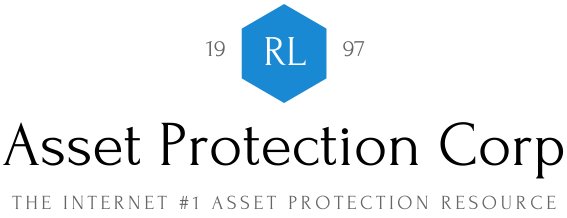Cash detectors under development
You may have heard someone remark about the “wonderful smell of money.” In the future, people will be looking for ways to mask it.
The drug traffickers shipping profits abroad in suitcases of cash won’t be thrilled with some of the new inventions under development by federal scientists at the Idaho National Laboratory (INL).
One device sniffs the air for currency’s chemical signature. It’s “nose” is so sensitive that it can pick up a stack of bills from about 10 feet away. Another device beams electrons through packages or luggage to detect trace metals found in the green ink.
And a third device, which hasn’t been developed yet, scans the serial numbers of individual bills into a database.
The head scientist at INL, Keith Daum, says the goal is to intercept cash that is being used in illegal drug or terrorism transactions.
In a recent interview, Dauum said, “When Joe the Druggie gets his $20 from an ATM and spends it on a (drug) pickup, and the money is later traced to a drug seller — to me, that’s evidence.”
It’s not known whether the legal system would view such evidence as admissible, and privacy advocates fear such inventions would infringe on civil liberties if adopted.
The cash “sniffer” is actually a gas chromatograph about the size of a cordless hand vacuum. It works by “sniffing” out the acidic aroma of the microscopic molecules found on the ink and paper of the currency. The molecules, which are airborne, land on a sensor. If enough molecules are detected, the device emits an alert.
Daum admitted that a trained dog can do the same thing; even better. However, he added that a dog could not do it consistently and not over a long period.
The second device is a “physics-based” detector. It’s roughly the size of a small airport X-ray scanner. How it works is that it scans an interior space for elemental metals used in the green ink the currency is printed with. Radioactive rays then strike the metals, turning them into gamma rays, which are then measured by the machine. The more gamma rays detected, the higher the volume of cash bills.
Although the present test machine is small, Daum said it could be built large enough to scan a shipping container.
The two machines were developed with funds received from U.S. Immigration and Customs Enforcement agency. The Department of Homeland Security is also analyzing them and will submit them to additional testing.
It should be noted that carrying cash, even large amounts of it, is not illegal. However, there is a limit of $10,000 in cash anyone may carry in or out of the United States.
Nevertheless, the interception of large sums of money would put a dent in the drug trade, argued lab spokesman Ethan Huffman.
“Money is always the incentive to bring drugs across the borders,” Huffman said. “If we can devise solutions to aid customs and border patrols in stopping that, then that limits it.”
The third project is a relatively new device that is on loan to the INL from an unidentified agency. The device looks like a typical bill counter that is used by banks to count large stacks of cash. However, on the back of the machine, an add-on box about the size of a file folder reads the serial numbers of every bill it counts, then stores the information.
By itself, the machine is of little strategic value. But should it be distributed worldwide, and if there was a database of serial numbers, it would become possible to trace money across the globe.
That worries people like Melissa Ngo of the Washington-based Electronic Privacy Information Center (EPIC).
“This is just another step toward a complete lack of anonymity,” Ngo said.
“There are many reasons people wouldn’t want information about where they spend their money,” Ngo said. “From stopping mass marketers to people thinking it’s nobody’s business what books or CDs they buy.”
If you would like more information regarding asset protection, trusts, family limited partnerships or the subject of this article please call or email our office.
